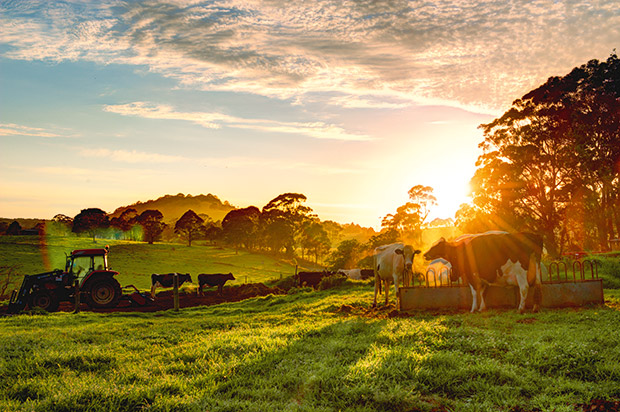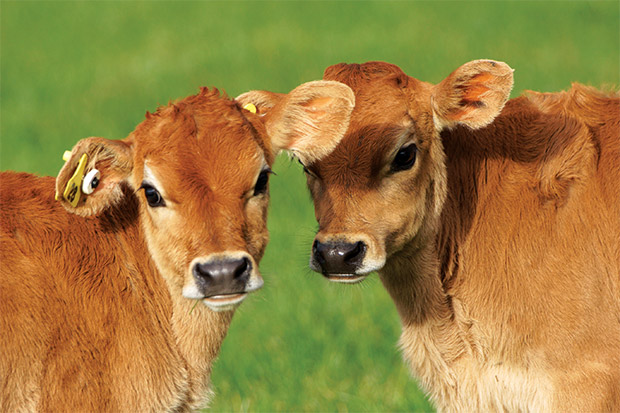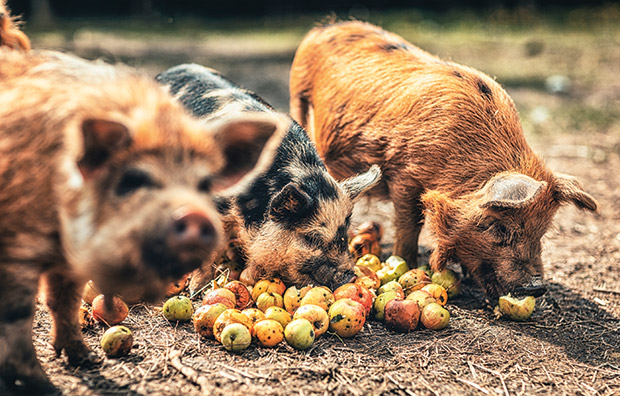10+ resources every lifestyle block owner needs

It’s important to get good quality information from the right sources. These are some of the best resources for block owners.
Words: Nadene Hall
1. Animal breeds
There are hundreds of breeds of domestic livestock, some common, some very rare. If you’re interested in a specific breed, a great place to start is with the breed society for a particular animal. Almost all of them have websites with directories of breeders nationwide. Registered breeders strive to produce the best genetics and breed qualities for their chosen animal.
Some of the more popular groups include NZ Sheep Breeders Association, Black & Coloured Sheep Breeders’ Association of NZ, NZ Beef & Lamb (beef and sheep breeds), and NZ Rare Breeds Conservation Society.
2. Weather forecasts
Knowing an area’s climate is critically important so you can plan and make crucial decisions on feed and stock numbers. NIWA (the National Institute of Water and Atmospheric Research) publishes seasonal climate surveys that give you predictions by region every three months. It includes probabilities for rainfall, soil moisture, and temperature. They do a video discussion on the results, looking at each region which is also very helpful
MetService has regional rain radars, which are helpful during the working day, giving you an excellent idea of the speed of rain clouds and how heavy or light rain will be.
3. Pest animals
Pest animals are often nocturnal and hard to spot, but they leave tell-tale clues behind that can help you identify and target them.
This online tool helps you to identify the signs of vertebrate pest animals such as possums, ferrets, stoats, rats, wild deer, goats, and pigs.
4. Biosecurity
Good biosecurity helps to keep animals free from pests and diseases. It also helps to boost productivity. Contact with other animals is the main risk to stock. Diseases can also transfer indirectly on clothing, vehicles, and equipment.

Animal identification, registration, and movement records are also important – learn more at MPI’s lifestyle block biosecurity guide.
5. Fire safety
Fire spreads very quickly. Little dancing embers, blowing on the wind, are the most significant danger as they can travel long distances from the leading bank of flames. It only takes a small ember landing in a pile of dried leaves, a bark garden, or dried grass to ignite a huge fire.
There are many strategies to help prevent a fire from spreading, from how you lay out your block and garden to the trees and other plants you choose. For practical information on keeping your block safe from fire, review Fire & Emergency’s rural landowner fire safety checklist and protecting your home and lifestock.
Check on fire restrictions in your area, and apply for a permit here.
6. Homekill
When you buy meat from a supermarket, it has gone through a series of checks to make sure it’s fit for human consumption. A professional homekill and recreational catch service provider or a DIYer works under their own hygiene rules, and no independent person inspects their work.

There are tight rules around homekill meat and who can eat it.
Only animal owners who are actively engaged in the day-to-day maintenance of an animal may hire a listed service provider to kill that animal. You don’t become legally eligible to engage or use the services of a homekill and recreational catch service provider until 28 days after you buy an animal.
For more on the rules of homekill, from humane euthanasia to who can eat it, click here. Find a registered homekill and recreational catch service provider here.
7. Paper roads
These are unformed legal roads (ULRs) owned and managed by either your local council or the Crown. You should see them on the legal title for your block. However, if they run along a boundary, you may not notice them.
A paper road crossing your block may look like green grass, it might be your driveway, or a track, but it’s still an official road that anyone can use. This includes people on foot, horse riders and vehicles, without your permission. There are more than 50,000km of ULRs across NZ, and you can’t legally stop someone using one that crosses your land.
The New Zealand Walking Access Commission has an interactive map that shows you all public roads, including unformed ones, in NZ.
8. Running a food business
If you dream of selling your homemade food products for profit, MPI has a simple online tool that guides you to the regulations you need to meet. It’s often possible to use your home kitchen if you follow simple food safety strategies.

For all the information on running a food business, head to MPI’s food business guide here. To use MPI’s online tool to work out what regulations you need to meet, scroll down and click on ‘My Food Rules’.
9. Water testing
Water tests look for common disease-causing bacteria and viruses, eg salmonella, E coli, and campylobacter. Cryptosporidium and giardia are also a risk if a water supply is near a river, a septic tank, or the water supply is poorly protected. Laboratories can also test for chemical contaminants such as nitrate, arsenic, boron, and nuisance minerals such as iron.
Find a Ministry of Health-certified testing lab in your region here.
10. NZ Lifestyle Block magazine’s archive
For more than 35 years, NZ Lifestyle Block magazine has featured articles on every aspect of country life. A huge number of the magazine’s stories are free to read on its website. There are also articles from NZ Life & Leisure, Nadia: A Seasonal Journal, and the In Your Backyard series. You can find advice on animal health and welfare, poultry-keeping, organics, growing crops, gardening, and features on inspiring block owners from around NZ. For books with more advice, browse our online shop here.
OTHER USEFUL RESOURCES
1. What is this bug? An interactive tool to help you identify 245 common bugs found around New Zealand.
2. What is this fungus? An interactive tool to help you identify some of NZ’s native fungi. Warning: this isn’t a guide to edible fungi.
3. What is this weed? This is a directory of invasive plants which harm the environment, economy, and human and animal health. It includes pictures of weeds in various growth stages, plus the best options for controlling them.
Love this story? Subscribe now!
 This article first appeared in NZ Lifestyle Block Magazine.
This article first appeared in NZ Lifestyle Block Magazine.

